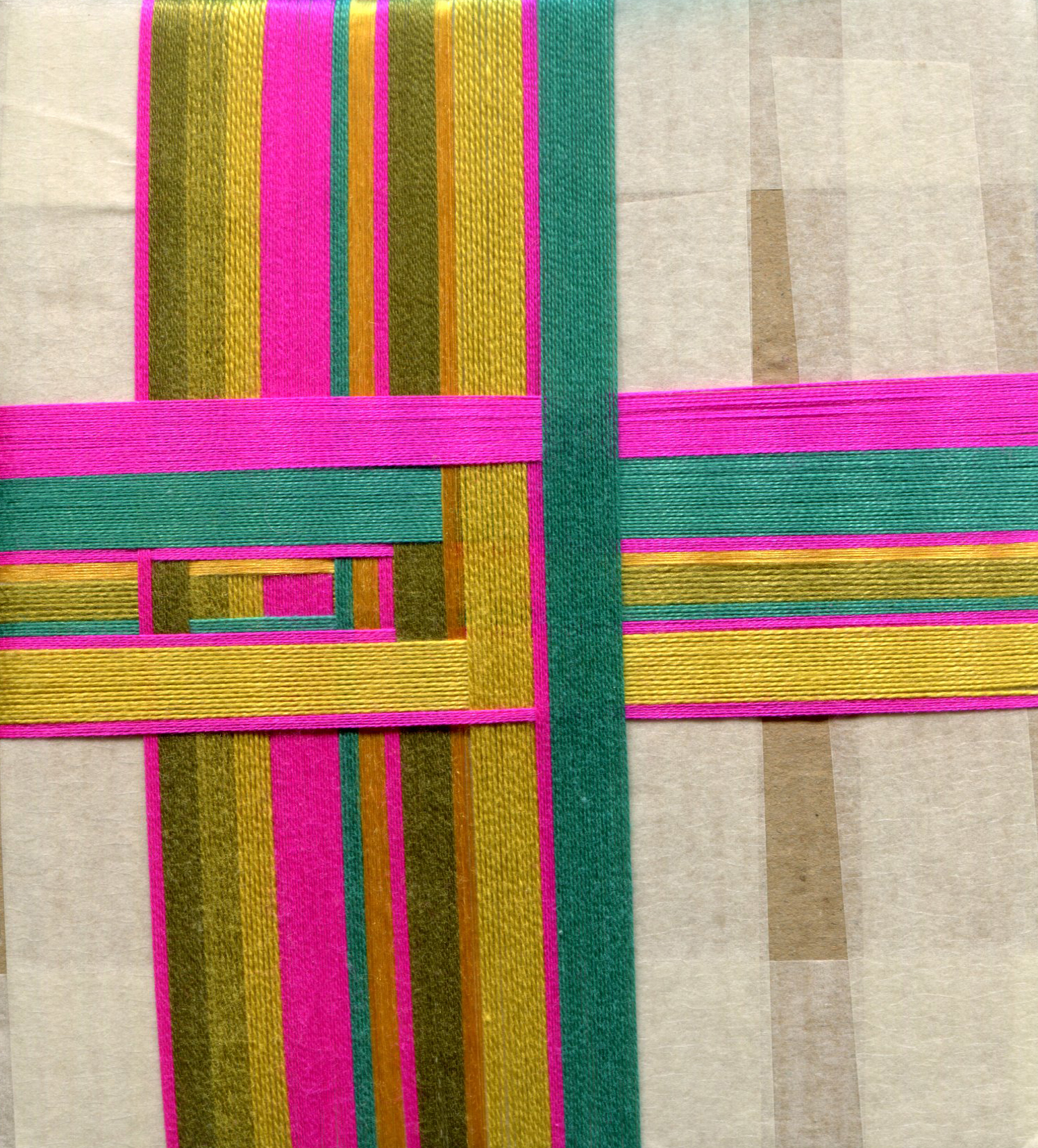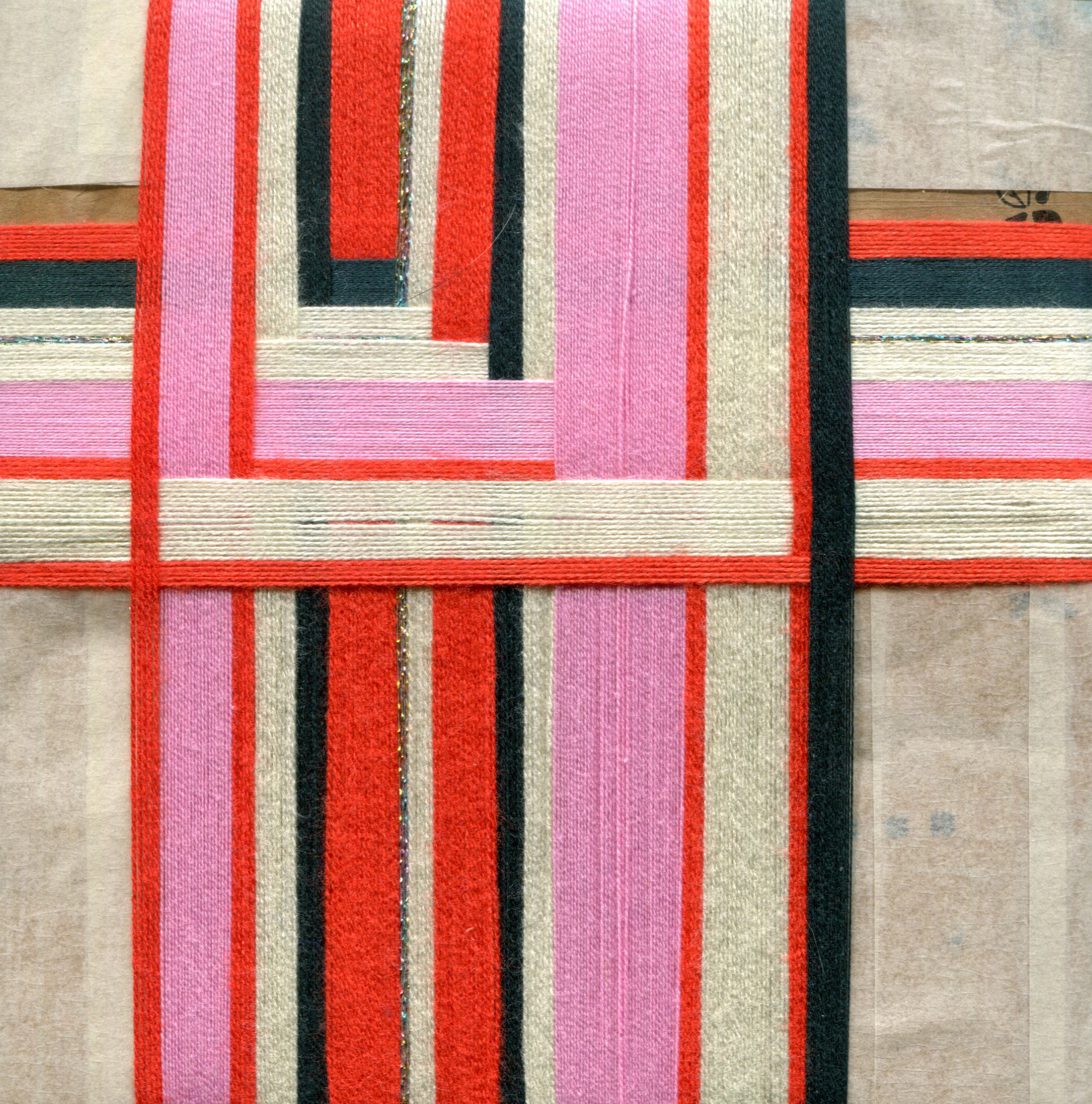Yarn Wrappings

LE / 1957
From The Immense Journey
A billion years have gone into the making of that eye; the water and the salt and the vapors of the sun have built it; things that squirmed in the tide silts have devised it. Light-year beyond light-year, deep beyond deep, the mind may rove by means of it, hanging above the bottomless and surveying impartially the state of matter in the white-dwarf suns.



Yet whenever I see a frog’s eye low in the water warily ogling the shoreward landscape, I always think inconsequentially of those twiddling mechanical eyes that mankind manipulates nightly from a thousand observatories. Someday, with a telescopic lens an acre in extent, we are going to see something not to out liking, some looming shape outside there across the great pond of space.
Whenever I catch a frog’s eye I am aware of this, but I do not find it depressing. I stand quite still and try hard not to move or lift a hand since it would only frighten him. And standing thus it finally comes to me that this is the most enormous extension of vision of which life is capable: the projection of itself into other lives. This is the lonely magnificent power of humanity. It is, far more than any spatial adventure, the supreme epitome of the reaching out.